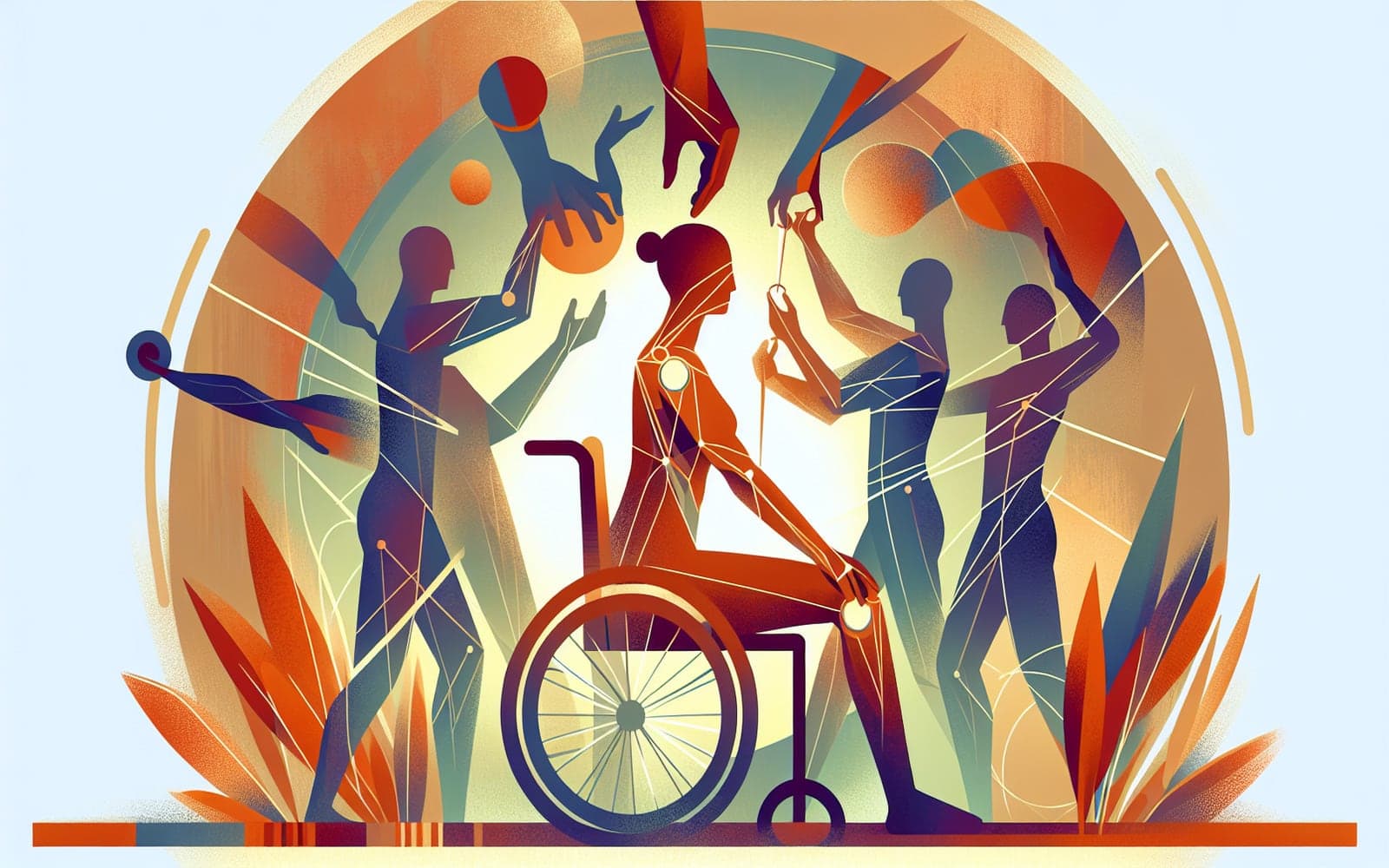Rehab for Shoulder Instability: Can Exercises Really Make a Difference?
Published: Sep 13, 2024
For many, physical therapy can be a game-changer in managing shoulder instability. Discover how targeted exercises can restore stability and function.
Contents
Why Physical Therapy?
Physical therapy is the cornerstone of treatment for nontraumatic shoulder instability. It aims to strengthen the shoulder's stabilizing muscles and improve coordination. Many patients find significant relief from pain and instability through dedicated therapy programs.
Effective Exercise Regimens
Therapy focuses on correcting scapular dyskinesia and enhancing rotator cuff strength. Exercises are tailored to the patient's needs, often incorporating resistance training for better outcomes. The goal is to improve dynamic shoulder control and reduce instability.

Moving Forward with Rehab
Once initial stability is achieved, functional training is introduced to simulate real-life activities. This helps patients adapt their shoulders to everyday stresses, enhancing proprioception and joint stability. Continued exercises are vital to maintaining shoulder health post-rehab.
Frequently Asked Questions
It strengthens stabilizing muscles and improves coordination, reducing instability.
Exercises focus on scapular stabilization and rotator cuff strengthening with resistance training.
Duration varies, but consistent therapy is key to lasting results.
Wrapping Up
Physical therapy offers a non-surgical path to shoulder stability and pain relief.
References
- Warby SA, Ford JJ, Hahne AJ, et al. Comparison of 2 Exercise Rehabilitation Programs for Multidirectional Instability of the Glenohumeral Joint: A Randomized Controlled Trial. Am J Sports Med 2018; 46:87.
- Reinold MM, Curtis AS. Microinstability of the shoulder in the overhead athlete. Int J Sports Phys Ther 2013; 8:601.
This article has been reviewed for accuracy by one of the licensed medical doctors working for Doctronic. Always discuss health information with your healthcare provider.
AI Doctor Visit Required
Appointments available 24/7
15-min consultation. No hidden costs.
AI Doctor Visit Required
For safety reasons we have been forced to end this consultation.
If you believe this is a medical emergency please call 911 or your local emergency services immediately.
If you are experiencing emotional distress, please call the the Suicide & Crisis Lifeline at 988 or your local crisis services immediately.
Contact us
You can also email us at help@doctronic.ai
We aim to reply within 5-7 days
How likely are you to recommend Doctronic to friends or family?


